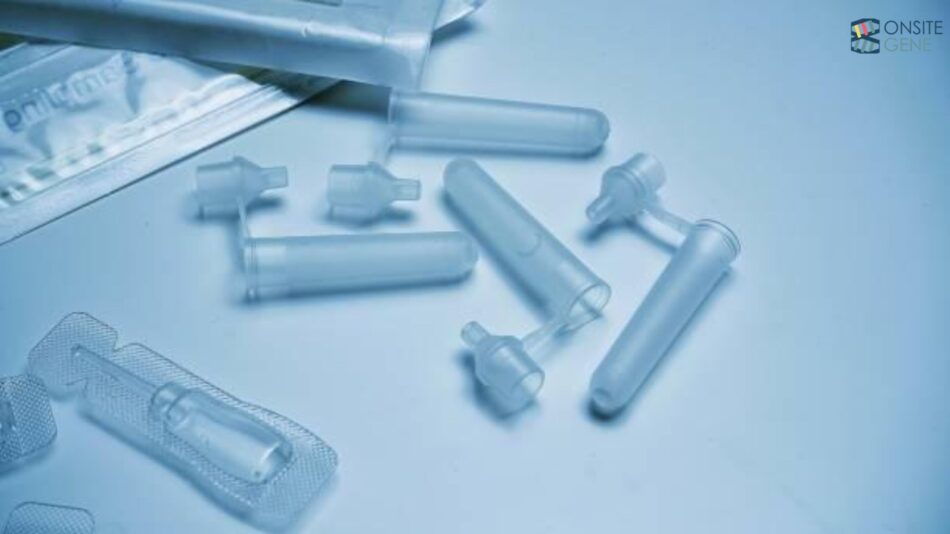When we think about science labs, most of us imagine big machines with flashing lights and advanced screens. These machines often get all the attention because they look powerful and impressive. But what many people do not realize is that the small items used alongside these machines are just as important. These items are called consumables for PCR, and without them, the machines would not be able to deliver correct or reliable results. Consumables may seem simple, but they are at the heart of every successful test.
Understanding PCR and Its Role
PCR, which stands for Polymerase Chain Reaction, is one of the most important tools in modern science. It allows scientists to make many copies of DNA or RNA from a very tiny sample. This process helps them detect viruses, bacteria, and other organisms that cannot be seen with the naked eye. PCR has been used to diagnose diseases, study genetics, solve crimes, and even check the safety of food.
Recently, scientists have created new versions of PCR that are much faster. One of these is called Extreme PCR, which can deliver results in only a few minutes instead of hours. This type of progress shows how important PCR has become in everyday science and medicine. But fast methods like Extreme PCR also mean that the consumables used in the process must be strong enough to handle the speed and conditions of advanced testing.
What Are Consumables for PCR?
Consumables are the items that get used up during testing. They are usually small and are often thrown away after one use to avoid contamination. Common consumables for PCR include:
- Pipette tips
- Small tubes and reaction plates
- Caps and seals
- Reagents and chemical solutions
At first glance, these items may not look special, but they are carefully designed to work with PCR machines. Even a tiny mistake, such as a crack in a tube or a contaminated pipette tip, can ruin the results of a test. This is why scientists and laboratories must choose their consumables carefully.
Why Consumables Are Just as Important as Instruments?
Many people believe that the machine does all the work. While machines are indeed powerful, they cannot perform without the right support. Imagine having the fastest car in the world but filling it with the wrong type of fuel. No matter how advanced the car is, it will not run well. The same idea applies to PCR. No matter how advanced the instrument is, the consumables it uses determine whether the results are accurate and trustworthy.
Here are some key reasons why consumables for PCR matter as much as the instruments themselves:
1. Accuracy of Results
PCR involves detecting very small amounts of DNA or RNA. If a consumable such as a tube or pipette tip, is dirty or has small particles, the test could show false results. High-quality consumables are made in clean environments so that they do not interfere with the reaction.
2. Reproducibility
Good science means that the same experiment should give the same result if repeated. If consumables are of poor quality, results may change each time. This makes experiments unreliable and wastes both time and resources.
3. Ability to Handle Advanced Testing
Methods like Extreme PCR put more pressure on consumables. The process involves rapid heating and cooling, which can cause weak tubes to bend or leak. Only strong and well-designed consumables can handle these extreme conditions without failing.
4. Saving Costs in the Long Run
Cheap consumables may seem like a way to save money, but they often lead to mistakes and failed tests. Every failed test means wasted samples, chemicals, and time. Good consumables may cost a bit more at first, but they save money by ensuring that tests work the first time.
The Role of Consumables in Extreme PCR
Extreme PCR is an exciting step forward because it can give results in record time. But this speed also means there is no room for error. Consumables must work perfectly with the machine. For example, tubes with thin walls allow heat to move quickly, which is needed for fast reactions. Seals and caps must stay secure even when temperatures change rapidly. Pipette tips must be precise so that the exact amount of liquid is added to the test.
If any of these fail, the whole test could be ruined. This shows why consumables are not just extra items but are essential to making Extreme PCR possible.
Wrapping it Up
It is easy to focus on the large machines in a laboratory, but the smaller parts often play just as big a role. Consumables for PCR may look simple, but they are essential for accuracy, safety, and success. Without them, even the best PCR machines would not be able to provide reliable results.
As new methods like Extreme PCR continue to push science forward, consumables will only become more important. They make it possible for laboratories to deliver fast, accurate answers that help protect health, improve research, and support communities. The next time you hear about PCR, remember that the unsung heroes are not only the instruments but also the small consumables that make every test possible.




